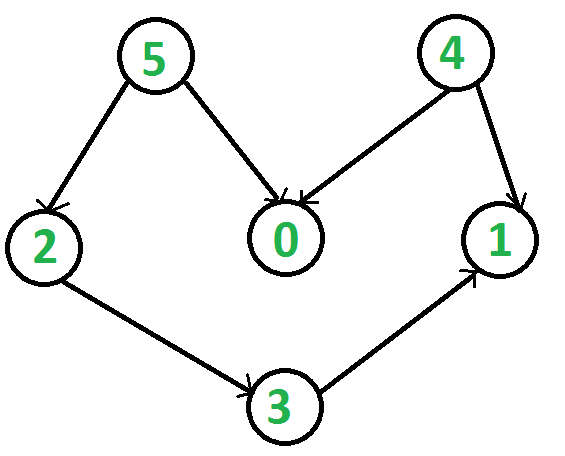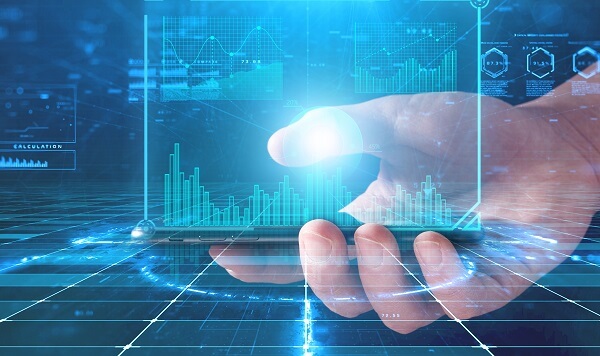Topological Sorting of a Directed Acyclic Graph (DAG)
Topological sorting of a Directed Acyclic Graph (DAG) involves arranging all the vertices in a linear sequence such that for every directed edge in the graph, vertex appears before vertex in the sequence. Such a linear sequence is called a topological order, or simply a topological sequence. In simpler terms, topological sorting is the process of obtaining a total order from a partial order defined on a set.
In graph theory, a sequence of vertices of a directed acyclic graph is called a topological sorting if and only if it satisfies the following conditions:
Each vertex appears exactly once.
If vertex precedes vertex in the sequence, then there is no path from to in the graph.

Example:
from collections import defaultdict
class Graph:
def __init__(self, vertices):
self.graph = defaultdict(list)
self.V = vertices
def addEdge(self, u, v):
self.graph[u].append(v)
def topologicalSortUtil(self, v, visited, stack):
visited[v] = True
for i in self.graph[v]:
if not visited[i]:
self.topologicalSortUtil(i, visited, stack)
stack.insert(0, v)
def topologicalSort(self):
visited = [False] * self.V
stack = []
for i in range(self.V):
if not visited[i]:
self.topologicalSortUtil(i, visited, stack)
print(stack)
# Create a graph and add edges
g = Graph(6)
g.addEdge(5, 2)
g.addEdge(5, 0)
g.addEdge(4, 0)
g.addEdge(4, 1)
g.addEdge(2, 3)
g.addEdge(3, 1)
print("Topological Sorting Result:")
g.topologicalSort()Output:
Topological Sorting Result: [5, 4, 2, 3, 1, 0]
In this example, the graph is represented by the vertices and directed edges, and the topological sorting function outputs a valid topological order of the vertices. The result [5, 4, 2, 3, 1, 0] indicates a sequence where each directed edge respects the order before .



